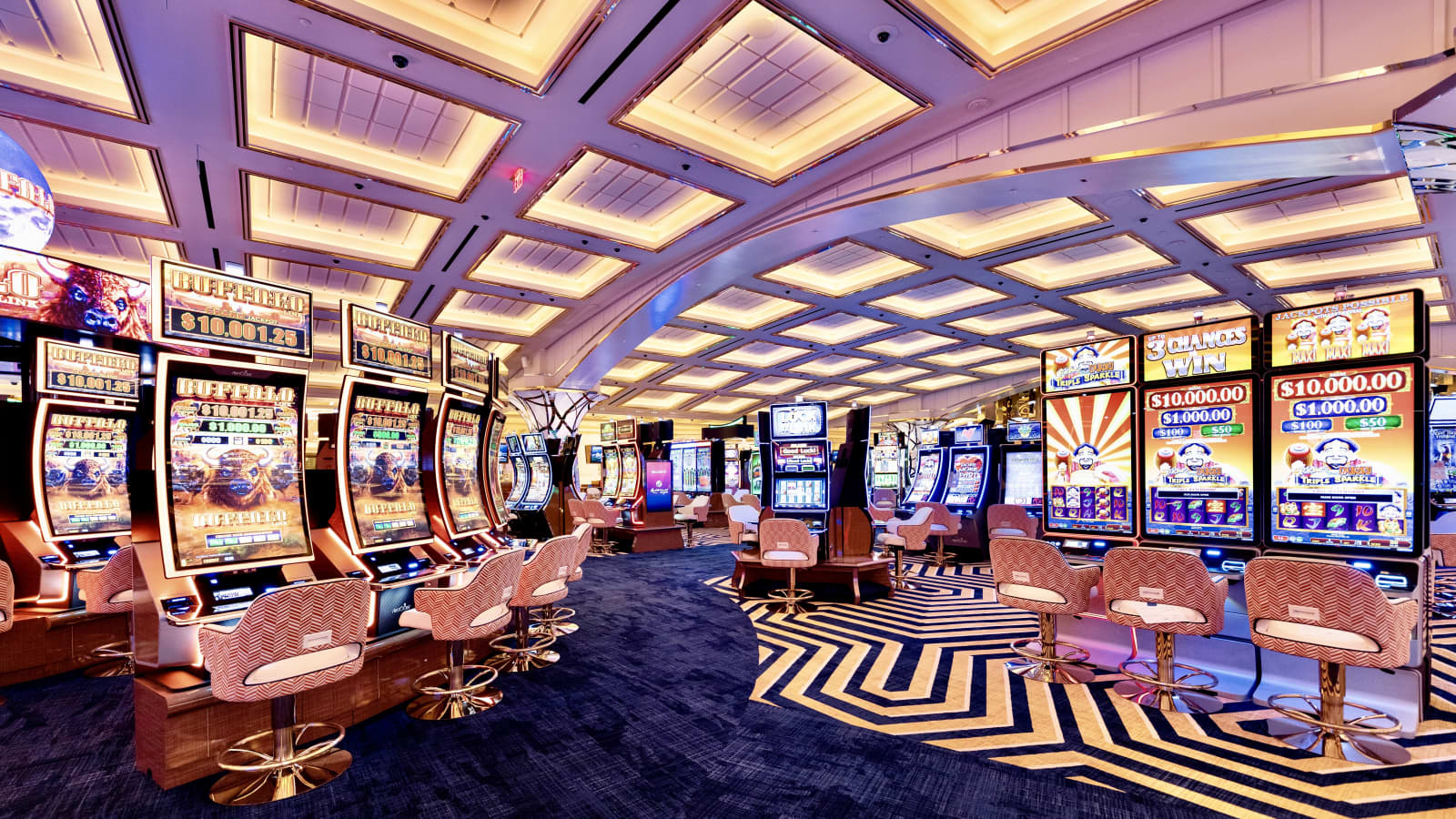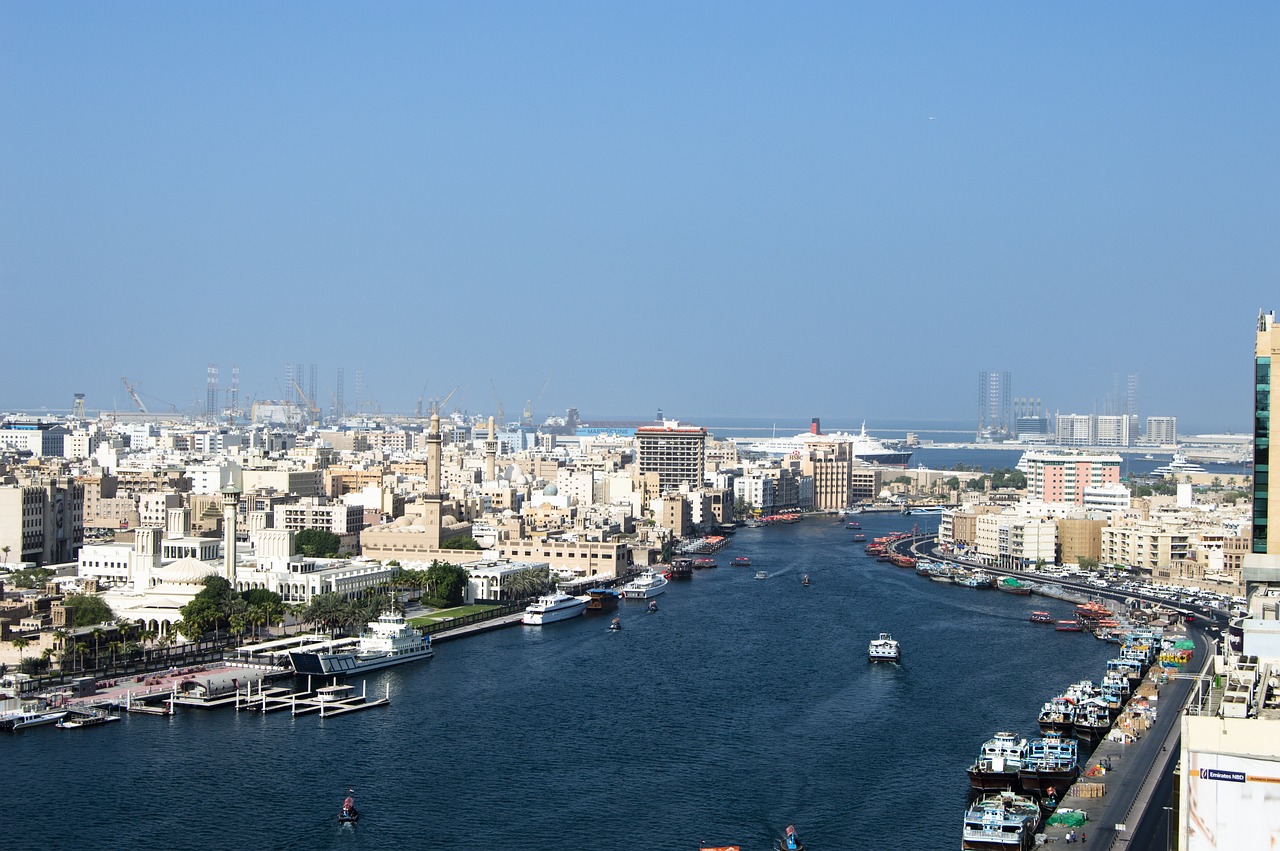Why Is Monte Carlo Casino Architecture So Popular
The story of the Monte Carlo Casino architecture begins in the mid-19th century when Monaco faced dire financial straits.

When one thinks of Monte Carlo, images of opulence, luxury, and high-stakes gambling come to mind. Central to this image is the iconic Casino de Monte Carlo, a masterpiece of architecture that has captivated visitors for over a century. In this in-depth exploration, we will delve into the reasons why the architecture of the Monte Carlo Casino is so popular, examining its historical significance, architectural elements, and enduring allure.
Monte Carlo Casino Architecture
The story of the Monte Carlo Casino's architecture begins in the mid-19th century when Monaco faced dire financial straits. The small principality, nestled on the French Riviera, sought to reinvent itself and attract wealthy visitors. The vision to establish a casino was brought to life by Princess Caroline of Monaco, who proposed the idea to her son, Prince Charles III.
In 1856, Prince Charles III granted a concession to Fran?ois Blanc, a French entrepreneur known for his successful casinos in Germany. The agreement allowed Blanc to operate a casino in Monaco, with a significant share of the profits going to the prince's treasury. Blanc was well aware of Monaco's potential as a gambling paradise, given its proximity to the French border, where gambling was prohibited at the time.
The Architectural Vision of Charles Garnier
With the concession secured, construction of the casino commenced in 1858. The man entrusted with the task of designing this architectural marvel was none other than Charles Garnier, the acclaimed architect behind the Paris Opera House (Palais Garnier). Garnier's architectural prowess was well-established, and his reputation for designing grand and opulent structures made him the perfect choice for the ambitious project.
Garnier's vision for the Monte Carlo Casino was clear: he aimed to create a building that epitomized luxury, extravagance, and sophistication. The result was a masterpiece that has continued to inspire awe and admiration for generations.
The Exterior: A Marvel of Opulence
The exterior of the Casino de Monte Carlo is a sight to behold. It serves as a visual testament to the wealth and ambition that fueled its creation. Here are some key architectural elements that make the exterior of the casino so popular:
Marble Columns and Statues
As you approach the casino, you are greeted by imposing marble columns that flank the entrance. These columns, with their intricate details and exquisite craftsmanship, convey a sense of grandeur and permanence. Statues and sculptures further adorn the exterior, adding to the overall opulence.
Balconies and Monte Carlo Casino Architecture
The casino's fa?ade features charming balconies and terraces that offer visitors stunning views of the surrounding area, including the Mediterranean Sea. These outdoor spaces provide a delightful contrast to the interior's opulence and allow guests to soak in the beauty of Monte Carlo.
Ornate Decorations
Every inch of the exterior is adorned with ornate decorations, from intricately designed railings to detailed carvings. These decorations showcase the commitment to creating a building that is both aesthetically pleasing and a symbol of extravagance.
Imposing Entrance
The main entrance of the casino is a work of art in itself. With its grand staircase, regal archways, and intricately designed doors, it sets the stage for the lavish interior that awaits.
The Interior: A Symphony of Elegance
The interior of the Monte Carlo Casino is equally, if not more, impressive than its exterior. Charles Garnier spared no expense in creating an environment that exuded luxury and sophistication. Here are some of the architectural highlights that make the interior of the casino so popular:
Central Hall
Upon entering the casino, visitors are greeted by a central hall that is nothing short of spectacular. It is adorned with dazzling chandeliers, intricate frescoes, and gilded details. The central hall serves as the epicenter of the casino, radiating opulence in every direction.
Gaming Rooms with Monte Carlo Casino Architecture
The casino's gaming rooms continue the theme of opulence. Exquisite woodwork, plush furnishings, and lavish d?cor create an ambiance that is both elegant and inviting. These rooms are where guests can try their luck at various games, including roulette, blackjack, poker, and baccarat.
The Opera Hall
Adjacent to the central hall is the casino's opera hall, a space designed for entertainment and social gatherings. It features sumptuous d?cor, including red velvet seats and richly decorated walls. The opera hall has hosted numerous events and performances throughout the casino's history.
The Timeless Allure of Monte Carlo Casino Architecture
The enduring popularity of the Monte Carlo Casino's architecture can be attributed to several factors, each contributing to its timeless allure:
Historical Significance
The Monte Carlo Casino represents a pivotal moment in the history of Monaco. It played a crucial role in the principality's economic revival and transformation into a glamorous destination. Its architecture serves as a symbol of Monaco's ambition and resilience.
Opulence and Extravagance with Monte Carlo Casino Architecture
Garnier's architectural vision successfully captured the essence of opulence and extravagance. The casino's architecture is a testament to the Belle ?poque era, an age of artistic and cultural flourishing. It offers visitors a glimpse into a bygone era of luxury and refinement.
Association with Prestige
The Monte Carlo Casino has long been associated with prestige and wealth. Its architecture, with its grandeur and attention to detail, reinforces this perception. Visitors are drawn to the casino not only for gaming but also for the opportunity to immerse themselves in an environment that exudes sophistication.
Timeless Beauty
The architectural elements of the casino, both inside and out, possess a timeless beauty that transcends trends and fashions. The use of marble, intricate carvings, and classic design principles ensures that the casino remains visually captivating and relevant.
Inspiration for Art and Monte Carlo Casino Architecture
The Monte Carlo Casino has served as a source of inspiration for artists, writers, and filmmakers. Its architecture has featured prominently in literature and films, further cementing its status as an iconic cultural symbol.
In conclusion, the architecture of the Monte Carlo Casino is undeniably popular due to its historical significance, opulent design, association with prestige, timeless beauty, and cultural influence. It stands as a living work of art, a testament to human creativity and ambition.
Visitors from around the world continue to flock to Monte Carlo to admire the casino's architecture, try their luck at the gaming tables, and bask in the aura of luxury and refinement. The Casino de Monte Carlo is not merely a gambling establishment; it is a living testament to the enduring appeal of architectural splendor and the indomitable spirit of Monaco.
What's Your Reaction?



















.jpg)
